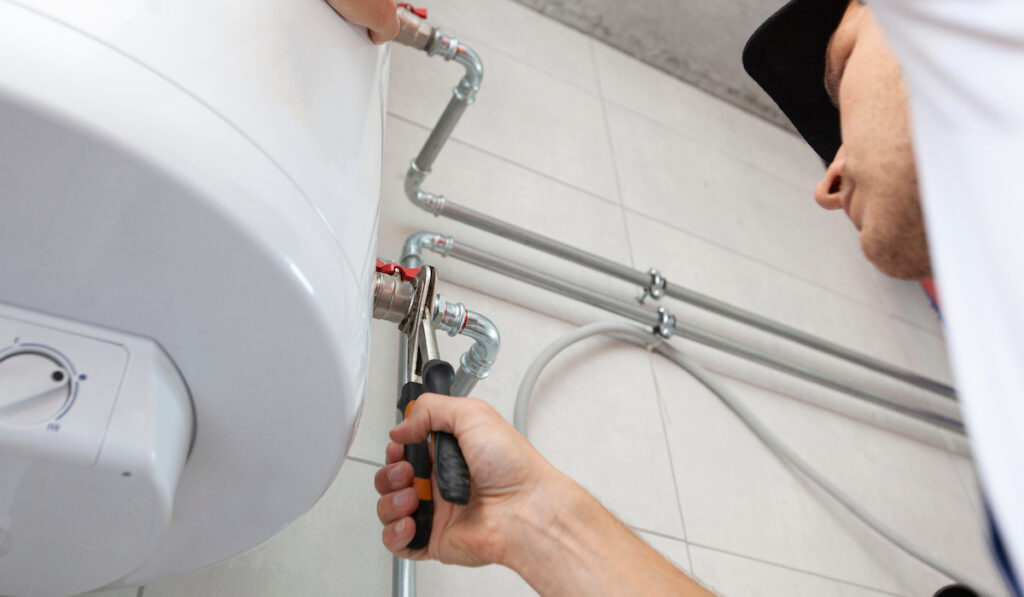What to Maintain Your Home's Hot Water System Effectively
What to Maintain Your Home's Hot Water System Effectively
Blog Article
What are your thoughts and feelings on Water Heater Maintenance Tips You Can't Afford to Forget?

Warm water is necessary for everyday comfort, whether it's for a refreshing shower or washing recipes. To guarantee your hot water system runs efficiently and lasts much longer, routine maintenance is vital. This post offers practical pointers and understandings on exactly how to maintain your home's hot water system to stay clear of interruptions and costly repairs.
Intro
Keeping your home's hot water system might appear difficult, but with a few simple actions, you can ensure it operates efficiently for many years to come. This overview covers everything from recognizing your hot water system to do it yourself maintenance pointers and recognizing when to employ professional aid.
Value of Maintaining Your Warm Water System
Regular upkeep not only prolongs the lifespan of your warm water system but additionally guarantees it runs effectively. Neglecting upkeep can lead to lowered performance, higher energy bills, and also premature failing of the system.
Indications Your Hot Water System Demands Upkeep
Knowing when your warm water system needs attention can protect against major issues. Keep an eye out for indications such as irregular water temperature level, strange sounds from the heater, or rustic water.
Flushing the Water Heater
Flushing your hot water heater removes sediment build-up, enhancing performance and prolonging its life.
Checking and Changing Anode Rods
Anode rods stop corrosion inside the storage tank. Evaluating and replacing them when worn is crucial.
Complicated Concerns Requiring Expert Aid
Instances include major leakages, electrical problems, or if your hot water heater is continually underperforming.
Routine Expert Upkeep Conveniences
Professional maintenance can consist of detailed evaluations, tune-ups, and making sure conformity with safety and security standards.
Examining and Readjusting Temperature Level Settings
Adjusting the temperature setups makes sure optimum efficiency and safety.
DIY Tips for Maintenance
You can carry out a number of upkeep jobs on your own to keep your hot water system in top condition.
Checking for Leakages
Consistently evaluate pipes and connections for leaks, as these can result in water damage and higher expenses.
Comprehending Your Warm Water System
Prior to diving right into upkeep jobs, it's handy to recognize the standard components of your hot water system. Typically, this includes the water heater itself, pipes, anode rods, and temperature controls.
Monthly Maintenance Tasks
Regular monthly checks can help catch minor issues prior to they rise.
Testing Stress Alleviation Valves
Examining the stress safety valve guarantees it works properly and avoids extreme pressure buildup.
Insulating Pipes
Shielding warm water pipelines minimizes warm loss and can save power.
When to Call a Specialist
While do it yourself upkeep is valuable, some concerns call for specialist expertise.
Conclusion
Regular maintenance of your home's hot water system is essential for efficiency, longevity, and price financial savings. By adhering to these pointers and recognizing when to look for expert help, you can guarantee a dependable supply of hot water without unexpected disturbances.
How to Maintain an Instant Hot Water Heater
Before tinkering with your hot water heater, make sure that it’s not powered on. You also have to turn off the main circuit breaker and shut off the main gas line to prevent accidents. Also turn off the water valves connected to your unit to prevent water from flowing into and out of the appliance. 2. When you’re done, you have to detach the purge valves’ caps. These look like the letter “T†and are situated on either side of the water valves. Doing so will release any pressure that has accumulated inside the valves while at the same time avoid hot water from shooting out and burning your skin. 3. When the purge valves’ caps are removed, you have to connect your hosing lines to the valves. Your unit should have come with three hoses but if it didn’t, you can purchase these things from any hardware or home repair shops. You can also get them from retail stores that sell water heating systems. Read the user’s manual and follow it to complete this task properly. When the hosing lines are connected, open the purge port’s valves. 4. You should never use harsh chemical cleaners or solutions when cleaning your unit. Make use of white vinegar instead. It should be undiluted and you’ll probably use about 2 gallons. 5. Now flush your water heater. This task should probably take about 40 minutes. We can’t give you specific directions for this because the procedure is carried out depending on the type, model and brand of your heater. With that being said, refer to the user’s manual. 6. When you’re done draining the unit, you have to turn off the purge port valves again. Remove the hosing lines that you earlier installed on each of the water valves. Put the valve caps (purge port) back in their respective places and be very careful so as not to damage the rubber discs that are found inside these caps. 7. Now that everything’s back in place, check your user’s manual again to find out how to reactivate your water heating system. 8. Once it is working, turn one of your hot water faucets on just to let air pass through the heater’s water supply pipes. Leave the tap on until water flows smoothly out of it. https://www.orrplumbing.com/blog/2014/september/how-to-maintain-an-instant-hot-water-heater/

I ran across that content about How to Maintain Your Water Heater & Prolong its Life while looking around the search engines. Sharing is caring. You never know, you could be doing someone a favor. I take joy in your readership.
Call Today Report this page